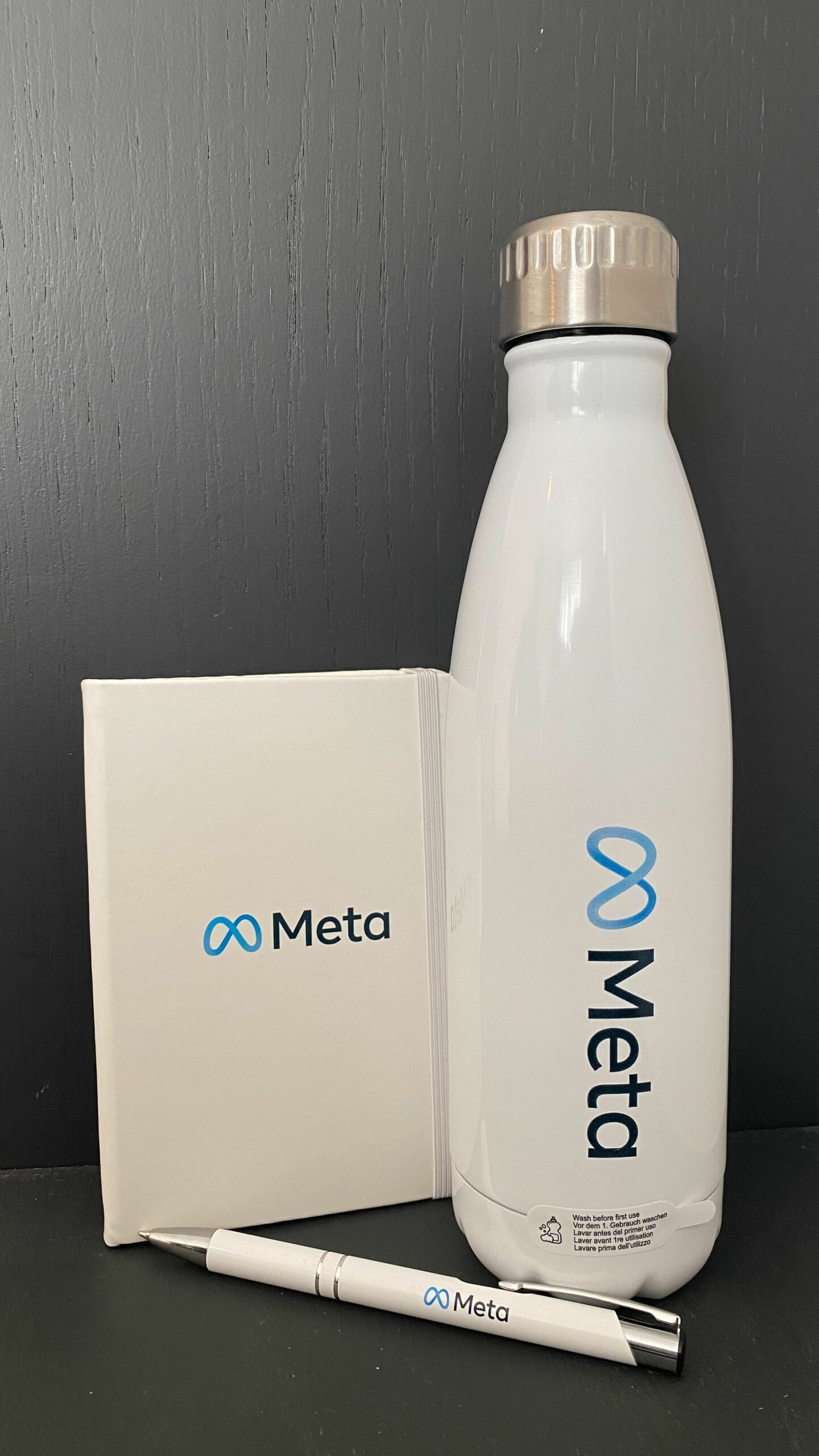
The resurgence of app marketing… God, it’s complicated now
In the last few months, we’ve seen somewhat of a renaissance of the App. Existing clients have launched new apps and we’ve received more App-related briefs than ever since mid-summer. Now this may be pure coincidence across our sample set but given everything that’s going on in the world with a recession endlessly looming, cost of living increases and the expectation of squeezing margins and tightening costs for businesses, are companies revitalising their App efforts? Maybe this is in the hope of driving improved customer retention, improved personalisation and conversion to increase their profitability position. Who knows!
Now, the main thing that has emerged is the vast amount of changes to tracking and transparency over the last few years. We’ve all been well aware of the iOS14 changes that ultimately changed the way we track, optimise and set-up campaigns. Until now, the impact has been somewhat limited to the Web for our clients and we were protected from the real horrors that exist in the app world.
Prior to the iOS changes, I managed a large amount of App campaigns through all the expected channels, Google (Universal App campaigns back in the day), Facebook, App Search etc. and used mobile measurement partners like Adjust, Appsflyer, App Annie to do reporting so had plenty of experience in setting up and reporting on performance, cohorts, retention and so-on. But things have changed, so If it’s been a while since you’ve ran app campaigns, here’s some key things to watch out for:
- Nothing works as you’d expect anymore and don’t get me started on GA4.
When we work with our ecommerce clients on driving revenue and ROAS from web campaigns, there’s a relatively formulaic approach to measuring performance – pixel set-up, more recently Server-to-Server integrations with the channels and then using Google Analytics as the Single Source of Truth to understand channel interactions and a more realistic view on ROAS.
For App, most campaigns won’t work without a mobile measurement partner in place – You can’t run Google campaigns without one – Google’s preference is to run with Firebase and GA4 but do also support third party integrations. We’ve tried both ways and there’s trials and tribulations around both, particularly within the partner integration settings and the flow of data between the channels and measurement platforms. Often data is unavailable in the platform for no discernible reason 😠 If you’re setting up a mobile measurement partner for Google, you may as well utilise their integrations for other channels as well but more often than not, you’ll be using a combination of Firebase + a third party tool as none of them really seem to cater for all needs.
The introduction of GA4, for me, has been a disaster. Everyone is expected to upgrade to GA4 by June next year but the reality is that the knowledge share and documentation from Google has been, at best, piss-poor. The deprecation of the cookie is driving the urgency here but Google seems to have forgotten to take everyone (from Marketers, to Developers to Analytics Departments) on the journey. Apple’s introduction of the App Tracking Transparency Framework has also put everyone on the backfoot but with the clout that Google has, you’d expect a more seamless upgrade process. Clients using Universal Analytics (often UA 360 with the associated subscription fee) are often in contracts on UA360 and have yet to receive contact about how and why they need to upgrade to GA4 – the introduction of a new GA4 account is therefore a low priority, despite it being almost essential to run App campaigns.
- SKAN for iOS is now a thing.
SKAdNetwork has been around since 2018 but rarely impacted the way in which we tracked campaigns but with the introduction of the App-Tracking Transparency measure put in place by Apple, activity for iOS campaigns is often now tracked by SKAdNetwork. Nowadays, to preserve privacy, performance data is aggregated (something which performance marketers hate) to provide a ‘view’ of performance. There’s now no-real time view on performance/ROI/LTV and data postback can take anywhere between 24-72 hours – which in a fast paced digital world, makes no sense. This makes optimisation of activity particularly difficult and managing client expectations on access to real-time data (which is now the norm) has been challenging.
- User Journey Complexities & Deep-Linking
As we’ve often said in previous articles, a customer’s journey is more like a plate of spaghetti than a linear path to conversion. Throw an app into the mix and it only increases the complexity. Catering for high value and probably your best customers is crucial in driving performance but it’s against a backdrop of the most challenging picture in terms of tracking their behaviour. App, at present, is a black hole of data but would provide the most significant insights as to better optimise your marketing efforts. Deeplinking is the main solution area to drive customers who’ve installed the app into the more-optimised user journey but in my experience, developers have little experience in deeplinking set-up from web to app with even less experience on how that affects channel performance.

My main gripe with all of the challenges faced is actually the lack of support and expertise there is out there around App. Herein lies the problem, right now – can anyone actually be an app marketing expert? The changes are constant due to the nature of how transparency and privacy is evolving so everyone is scrabbling around for answers and solutions. The best approach is to stay flexible and inquisitive about the latest innovations within App and keep bringing them to the table.
Now whilst I’ve had a bit of a rant… we must remember that we’re entering a new dawn in terms of transparency and privacy and businesses will have to adapt to the ever changing view of performance. Perhaps what is most encouraging is that instead of focusing on historical ROI performance, we could move to a predictive analytics mindset which could drive marketing performance to the next level – taking people on the journey will be our biggest challenge.
You can’t teach an old dog new tricks but I’ve been jumping through burning hoops the last 6 months. These app challenges have re-invigorated my intrigue into analytics and true digital marketing strategy – it’s been invaluable in providing us with even more insights into how to help drive clients forward!

